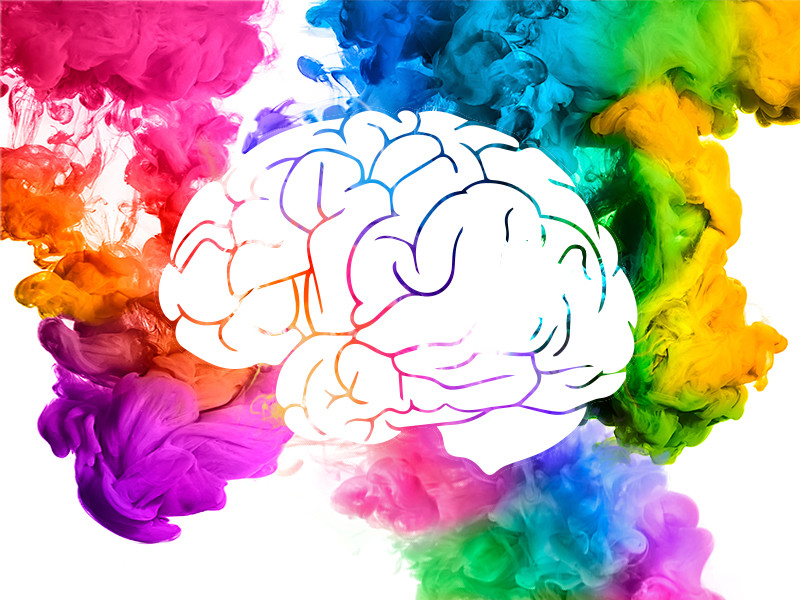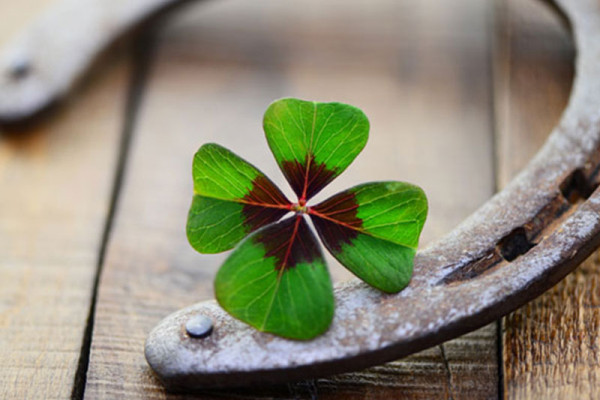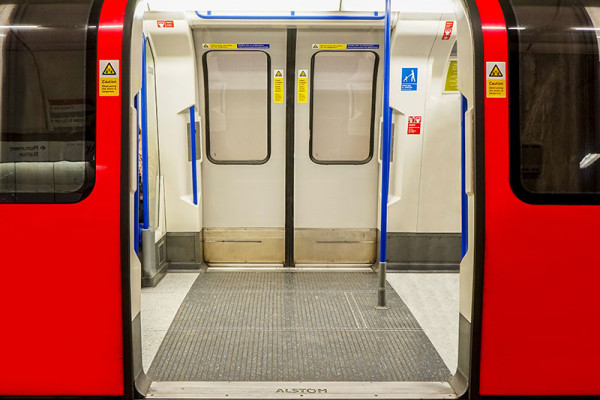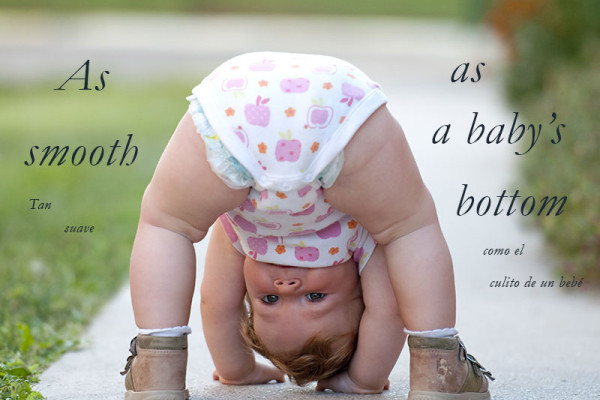Colour psychology
The impact of colour on human behaviour

Colour psychology studies the connection between people’s perceptions, ideas and decisions related to certain colours as well as the overall impact that colours can have on human behaviour. This knowledge is especially used in marketing and branding as it is believed the colour a product or a service has can influence us whether or not to buy it.
If this seems like an overstatement to you, you should be aware that experiments scientists did in the 1970s showed that even pills work better if they are the appropriate colour. In the study, patients were given placebo treatments that had no medical properties whatsoever. Even so, they found blue tablets to be very effective as sleeping pills. At the same time, they thought that the best painkillers were the red ones. Why? Today we know that just by seeing something red, this can physically stimulate our body, raise our blood pressure and heart rate while blue creates a state of tranquility, serenity giving us a sense of security and peace.
Blue also represents trust and authority. It is not a coincidence that conservative political parties or brands associated with finance, banks and even some apps and social networks (Facebook or Skype) use the colour blue. This decision is not coincidental, it has to do with colour psychology.
What about other colours? Orange and yellow are joyful colours that promote optimism, positivity and enthusiasm while purple is often time associated with royalty, wisdom, the universe or even magic and the occult. White is said to stimulate creativity since it represents the absence of all colours and is therefore, something pure and clean that is waiting to be filled with new ideas, while black represents the absence of light and therefore it creates a feeling of seriousness but also sophistication.
And green? Have you ever noticed that brands that promote health and nutrition or are associated with environmental issues use this colour in their logos, products or on their websites? On a deep, primal level we know that when there is a lot of green around us this means that water is also present and food is plentiful. For this reason, green gives us a sense of harmony and it relaxes us. In London, the number of people who committed suicide by throwing themselves off Blackfriars bridge decreased by a staggering 34% just because the authorities painted the bridge green one year.
In reality, colour is integrated into our deep subconscious because we have always used it in order to survive. We may not be aware of the impact but studies show that colours may have an influence on certain hormones in our body. For example, bright colours like yellow, red and orange increase our appetite, the reason being that since primitive times we’ve associated them with food (fruits and vegetables are often of these colours). These colours are very effective in drawing our attention and that is why we continue to use them on stop signs, traffic lights, or when correcting a school test with red ink.
However, we should also keep in mind that colour psychology is not an exact science. We experience the world not only biologically but also culturally and for this reason, some colours won’t have the same effect on each and every individual. Personal preference, cultural background, our upbringing and our previous experiences also have a big impact on how we perceive colour and the emotions that we feel when we see them.
Let’s take red as an example. In many Western cultures red is associated with passion. Studies show that in these parts of the world men find women dressed in red more attractive. For other people, red is mostly associated with evil things (think of demons), while in India, on the contrary, it is associated with purity and that is why red is the colour brides wear at weddings. An Indian bride would never wear white on her wedding day as white is only worn at funerals and by widows.
But beyond our cultural differences, colours have a direct impact on our brain and this idea, once regarded with scepticism is now being accepted more and more.
If you found this article interesting and you learned something new today, feel free to spread the word.
Artículos relacionados
Comment















